Question
Please read the text and answer this question: What is an entrepreneurial crisis? What were the triggers for this crisis for Jonathan Edwards and GDE?
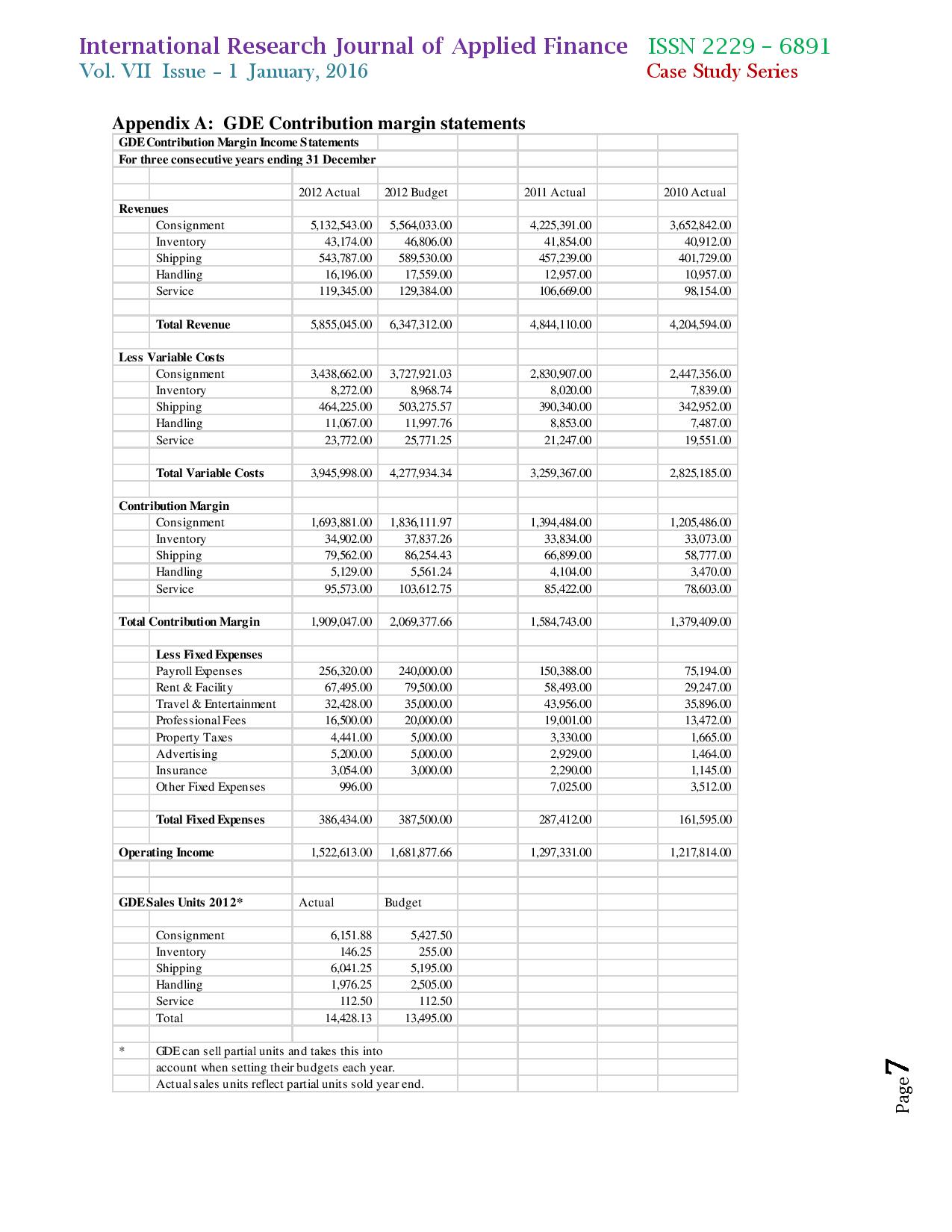
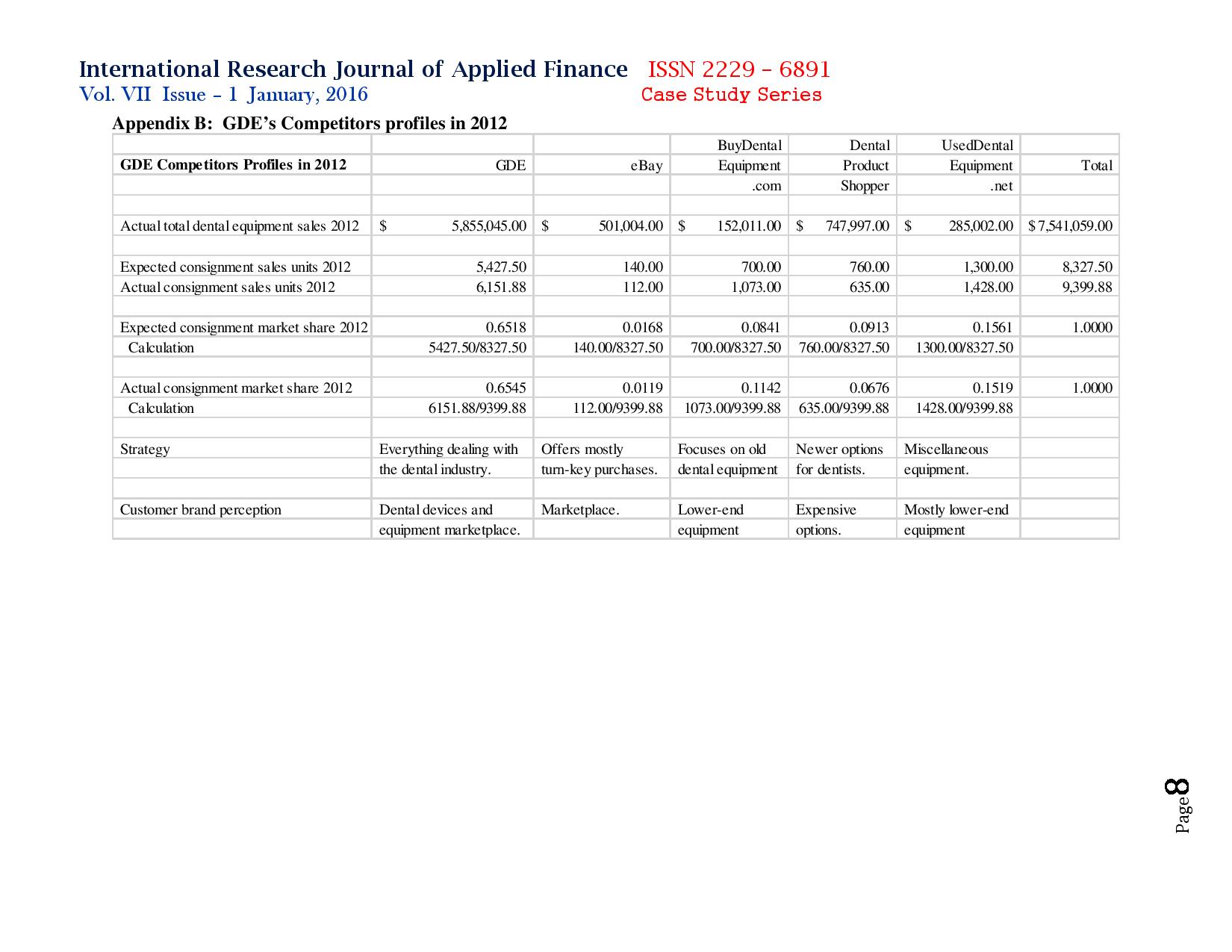
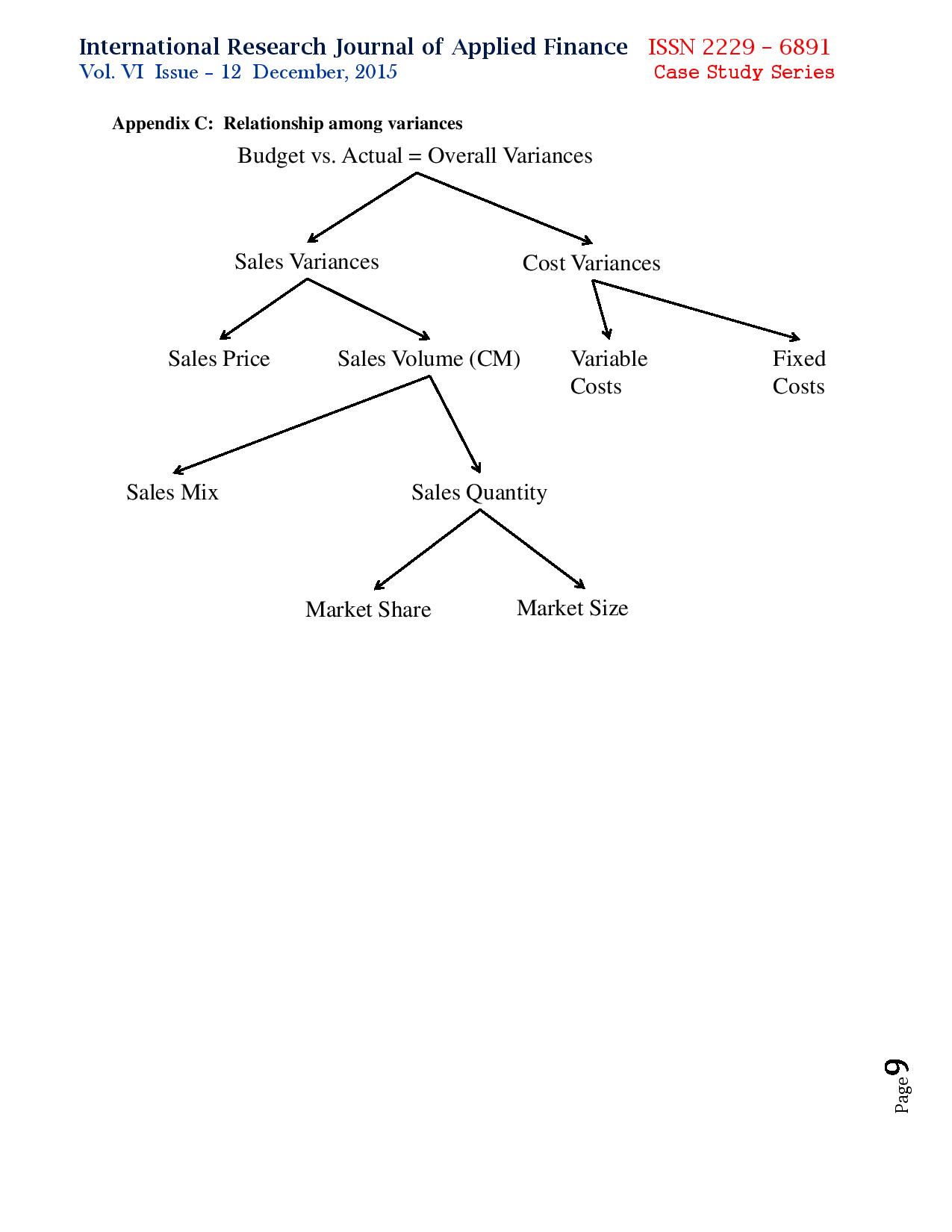
Please read the text and answer this question: What is an "entrepreneurial crisis"? What were the triggers for this crisis for Jonathan
Edwards and GDE?
Global Dental Equipment: How Variance Analysis Can Help a Startup Business Survive Growing Pains
This educational case study describes an entrepreneurial crisis at Global Dental Equipment (GDE), a company selling used dental equipment. GDE had grown from a startup and reached a volume of activity such that the founder was no longer able to personally manage all of the day-to-day aspects of the business. The evolution of GDE from startup to rapid growth to bringing in outside investors and a Board of Directors is described. During its early years, GDE's accounting system supported historical reporting, compliance, and taxation requirements. However, GDE reached a point where it needed to use more detailed and relevant management accounting information to continue growing and transition through the entrepreneurial crisis. Such information can be provided by budgets and the variance analysis of actual results against budget. This case study is designed for undergraduate students undertaking their second course in cost/management accounting and/or graduate management accounting students.
Introduction
Jonathan Edwards comes from a long line of entrepreneurs. Daily conversations at the dinner table about business opportunities instilled within Jonathan a passion to find business opportunities and make them profitable. He would often drive around with his father and grandfather looking at businesses. From the beginning, Jonathan had aspirations of creating his own business, which led to the development of strategic goals for his own startup. In 2005, Jonathan launched an eBay-style business selling used business and professional equipment on consignment. Today, his business, Global Dental Equipment (GDE), has grown into the dominant player in the niche market of sales of used dental equipment. Based in a mid-size western city in the United States, the business continues to grow at double digits each year. GDE now employs some 12 people, with strategic warehouse locations in the northwestern United States, serving the entire country and the globe. In 2011, Jonathan Edwards, GDE's President and Chief Executive Officer, was recognized nationally in the U.S.A. as the Small Business Administration's 2011 Young Entrepreneur of the Year, out of a field of 70 candidates.
In 2012, Jonathan prepared for business expansion by bringing on a Board of Directors. His expectation was that the Board would provide guidance in the areas of operational improvements and bigger and better business opportunities for GDE. The Board members were chosen based on personal relationships, general community reputation, and knowledge of accounting and finance, an area where Jonathan knew he needed help. The members, including several retired financial executives, also had capital to invest in startup businesses, which provided an additional incentive to grow GDE.
I. Early Years
The business started out with the premise that "there is a lot of value sitting idle in used equipment in many companies." Jonathan identified an opportunity to unlock that value either by selling the used equipment for companies on consignment or just buying the used equipment and reselling it to others. In these early years, Jonathan was very involved in sales and the day-to-day operations of his business and had a good feel for product profitability.
By 2010, GDE focused on selling a variety of specialized devices within the dental industry and defined its core activity as selling used dental equipment on consignment. Jonathan's involvement in the day-to-day operations of the business also changed as he took on new reporting and planning responsibilities. At this time, Jonathan was still managing without financial details on product lines and relied on his "gut" or "instinct" to make operational decisions, rather than spending hours pulling the information from original source documents. Jonathan felt that he knew his business well enough to run it without detailed accounting and financial numbers because he worked in sales and operations and knew the profit margin on all his products.
In 2011, the motivation for GDE's first comprehensive business strategy focus came from customers expressing some confusion about the type of business GDE represented. Jonathan wanted the business to be a marketplace with all types of products and services that relate to dental equipment. He stated: "There are lots of marketplaces out there that can provide general transaction-type services, but over the course of the evolution of the company we've learned that dental equipment has special needs. Dental equipment is difficult to package and transport, it has a certain process that you go about to appraise its value. It has services around uninstallation, installation, parts and repair, all of those different things that don't apply to all categories equally. I will build a marketplace and add on all those services side-by-side. And a customer can interact with us and take those services a la carte."
As Jonathan built GDE's marketplace, he realized that revenue was earned through four product lines: (1) selling used dental equipment on consignment; (2) selling used dental equipment which GDE had purchased; (3) shipping; and (4) repairs and installation. The accounting system used for reporting, compliance and taxation requirements did not contain detailed relevant financial information about any of these product lines. This made it difficult for Jonathan to determine where the profits were coming from, and how to plan for future business expansion. In addition, business growth necessitated a change in management style that required more monitoring, communications and performance reporting.
II. Current Situation
A. Business Growth
By 2012, sales were beginning to be limited by two issues. First, the early growth in sales was attributed to acquiring all the opportunities in the immediate vicinity. The sales teams now had to travel to other regional locations and beyond in order to maintain the momentum in sales growth. This made the sales staff unhappy because they had to spend more time on the road, increasing overall operating costs and reducing the productive time available to actually make sales. In turn this eroded the business margins and sales commissions that each salesperson could make. Regional expansion was coming at a great cost.
Second, sales of consignments and inventory were increasingly difficult to route through the home city from a logistical perspective. Furthermore, sales growth began consuming and limiting warehouse space at the home warehouse and GDE's shipping and handling staff were stressed as they had to do more moving to push deliveries through. The shipping and handling staff expressed that it was a lot harder to move the same volume of items around in a limited space than in a larger space.
Jonathan had to begin considering expanding into other strategic locations, although this would come at high cost. The marketing manager began to research areas that would have opportunities similar to the home market.
B. An Entrepreneurial Crisis
Jonathan admitted that as the size of the business had grown, he had been less able to identify how specific products, services and operating processes were performing, let alone ascertain business opportunities. Not only was he dealing with the issues of slowing sales growth and limited warehouse capacity, he was also trying to search for new ways to develop his business for the future and maintain high sales growth. In addition, his new Board members and other investors asked Jonathan specific questions about his business that he could not answer from instinct or with the information from GDE's accounting system. He no longer knew on which types of inventory he made the most money. He was unsure if he was charging enough for services provided with the inventory. He could not evaluate whether he was achieving his goal of gaining market share in the niche market of used dental equipment. The situation at GDE is known as an entrepreneurial crisis, when a business has grown so large that the owner can no longer control all aspects of operations. When this occurs, the owner/entrepreneur has to transition into a manager who can provide leadership and direction to stakeholders and employees.
III. Performance Evaluation to Support Expansion
In early 2013, Jonathan presented GDE's traditional Profit and Loss Statements from the accounting system for 2012 to the Board of Directors. One Board member looked at the statements and exclaimed: "These statements report historical earnings performance for the firm as a whole. How do I evaluate product and service performance? What profit margins are the products and services achieving? What are my operating costs and what are my fixed committed costs? Furthermore, how do I know how the business is doing relative to its competitors?"
Though the Board members had been upset with Jonathan, once they saw his eagerness to learn and willingness to work hard, they began helping him. They explained that accounting information is very useful for evaluating product performance and decision making when it is classified by products and by revenue, variable cost, and fixed cost categories. Since the Board members had advised that Jonathan makes a budget for 2012, he should also include the 2012 budget next to the 2012 actual results when presenting the reformatted statements. Jonathan followed the demands of his Board of Directors and worked with his accountant to develop these statements.
One of the first tasks Jonathan and GDE's accountant tackled was to add information to each purchase and sales unit recorded in the accounting system which identified product line. The next task was to convert GDE's financial statements and sales units into the variable costing or contribution margin format, as requested by the Board. Total revenue was broken up by product and service sales lines and matched with the corresponding variable costs to calculate product and service line contribution margins. Appendix A contains this statement, which is in a format known as a variable costing or contribution margin format. Appendix A also specifies the sales units for each product and service line. Jonathan notes that GDE sells partial units since dental equipment can be disassembled and sold as subassemblies for consignment and inventory sales and this impacts the budget and actual sales, which shows partial units sold during the year. The Board members then explained how they could understand the product and service performance: "Since we have the 2012 actual results next to the 2012 budget, we must conduct some business analysis by calculating the variance for each of the line items in the statement. Here's how you do it..."
The Board members then explained that calculating the variance is more than just taking the difference between the actual and budget line items in the statement for 2012. Jonathan needed to know what caused the variance between the actual results and the budget. The Board members advised him that variances are largely due to two effects. The variances can be explained by the difference between the actual price sold and cost paid for each product and service and what was budgeted or expected at the time of setting the financial goals. Additionally, the variances can also be explained by the difference between the actual quantity of product and service that was sold and what was budgeted or expected at the time of setting the financial goals. To make these calculations, the Board members insist that Jonathan should prepar_e a flexible budget, which includes a volume-adjusted column. This new column allows for variance calculations that separate the effects of selling price and purchasing costs from sales and purchase quantities for each product and service line item. They described that favorable or unfavorable price and volume variances calculated will guide investigations to answer questions such as:
"Did we lower prices due to competitive pressure, or was it because of discounts on old products to entice customers? Were our costs up because purchase costs were up or because we sold more this year? If we performed 10% better than our budget (our expectations), is this good or bad performance given our competitors in the marketplace? Which product or service contributed most or least to our overall performance this year?"
To further assist Jonathan, the Board members asked Jonathan to provide them with information about GDE's competitors. Jonathan's response is shown in Appendix B. The information was compiled by the sales manager at GDE, who tracks competitor information through networking, searching the internet, reading business publications, discussions with clients, and gets published numbers from information provided by a professional association of companies selling new and used dental equipment to which GDE belongs. Unfortunately, the information refers to consignment sales units only. Furthermore, one of the Board members drew a diagram that explained the relationship among all the sales and cost variances for Jonathan to use in explaining the variances to both Board members and GDE's managers. This diagram appears in Appendix C.
The Board members explained that the calculations for the analysis of the business for 2012 provide the necessary information to support operating decisions that would allow GDE to maintain profit margins. The information would also help with strategic decisions about its products and services. Board members and Jonathan could now identify products and services that were not performing well and determine whether there was a cost overrun or whether it was time to retire the product or service in favor of new products and services. It is now up to Jonathan to produce the 2012 variance calculations and business analysis.
Jonathan wants to begin his evaluation of GDE with the information on product line performance allowing assessment of the 2012 results.
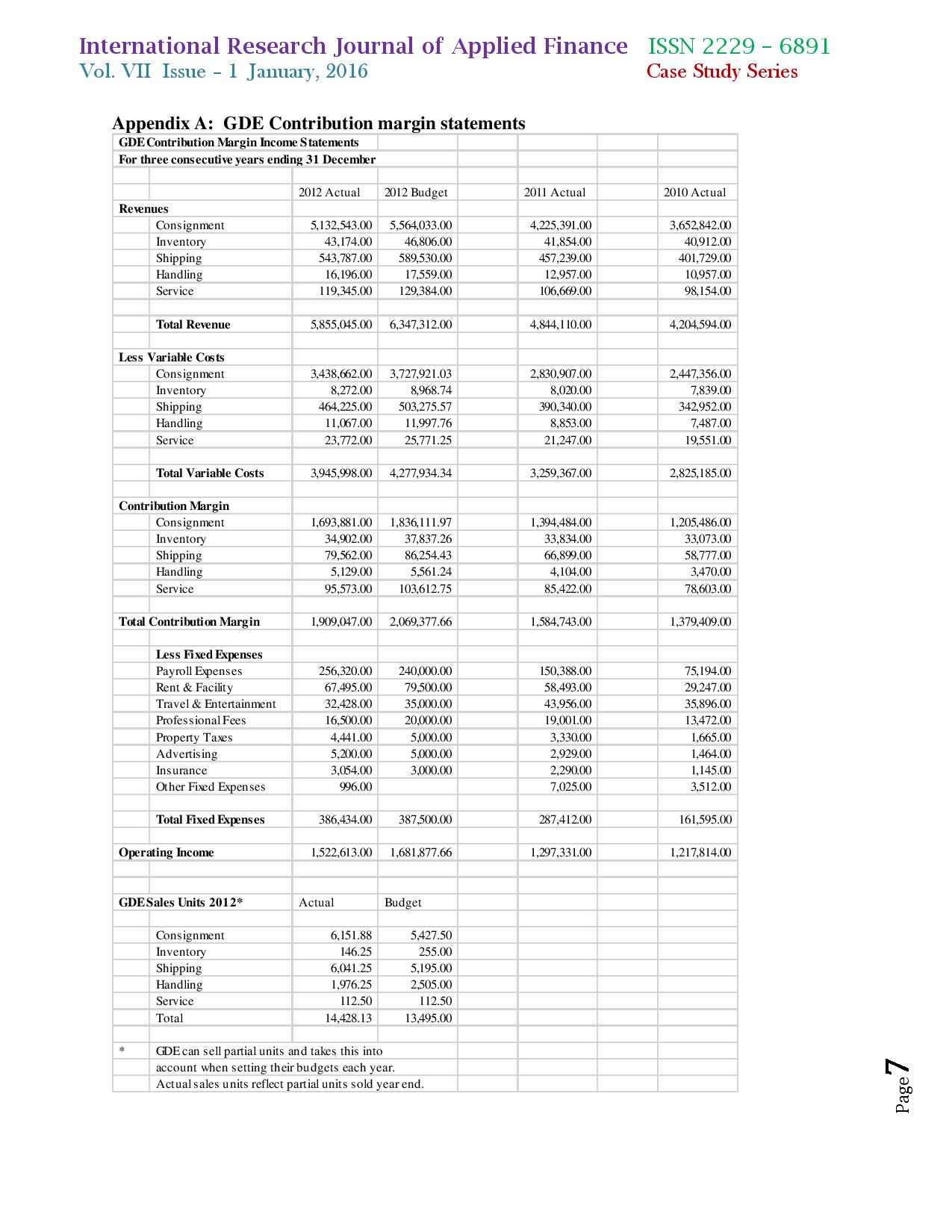

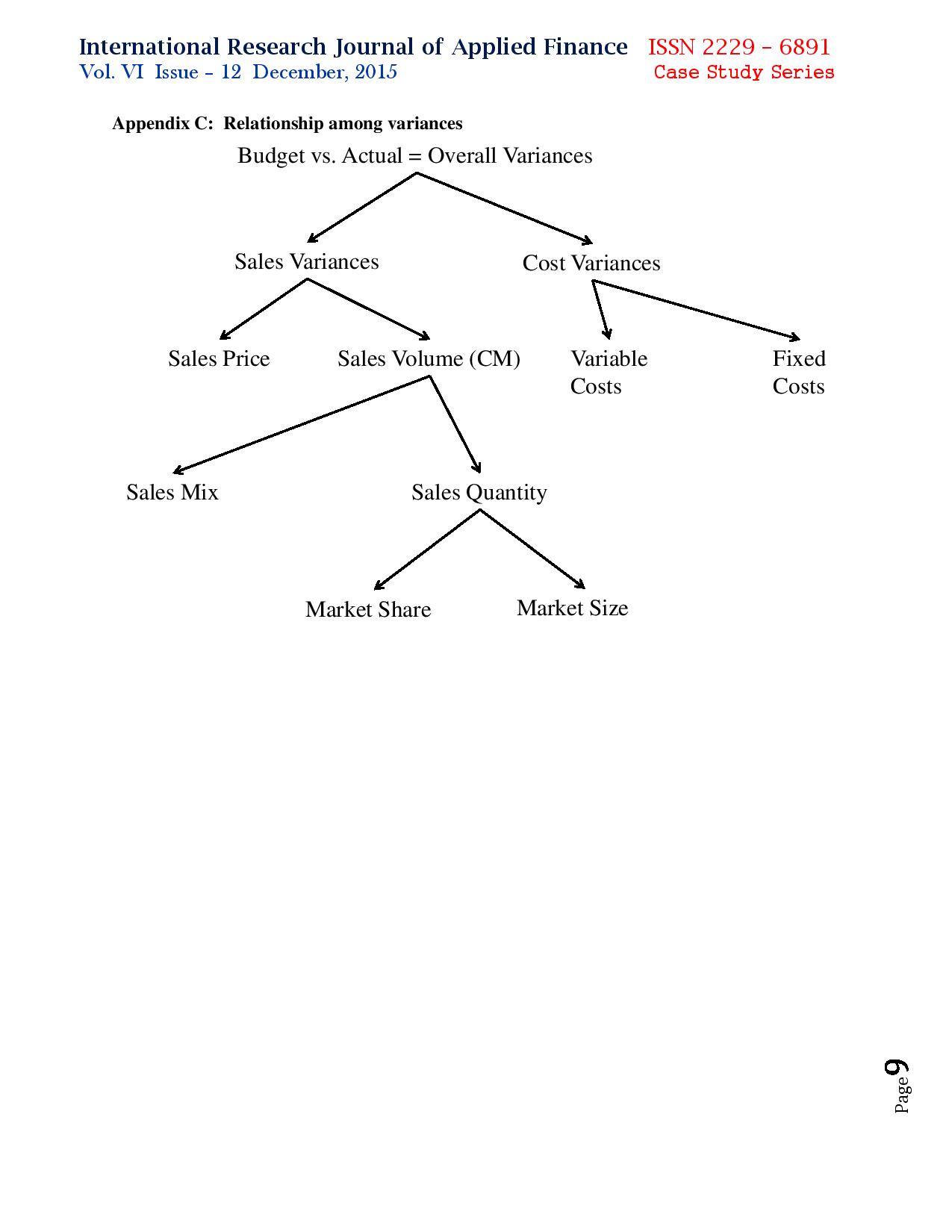
Step by Step Solution
There are 3 Steps involved in it
Step: 1

Get Instant Access to Expert-Tailored Solutions
See step-by-step solutions with expert insights and AI powered tools for academic success
Step: 2

Step: 3

Ace Your Homework with AI
Get the answers you need in no time with our AI-driven, step-by-step assistance
Get Started


